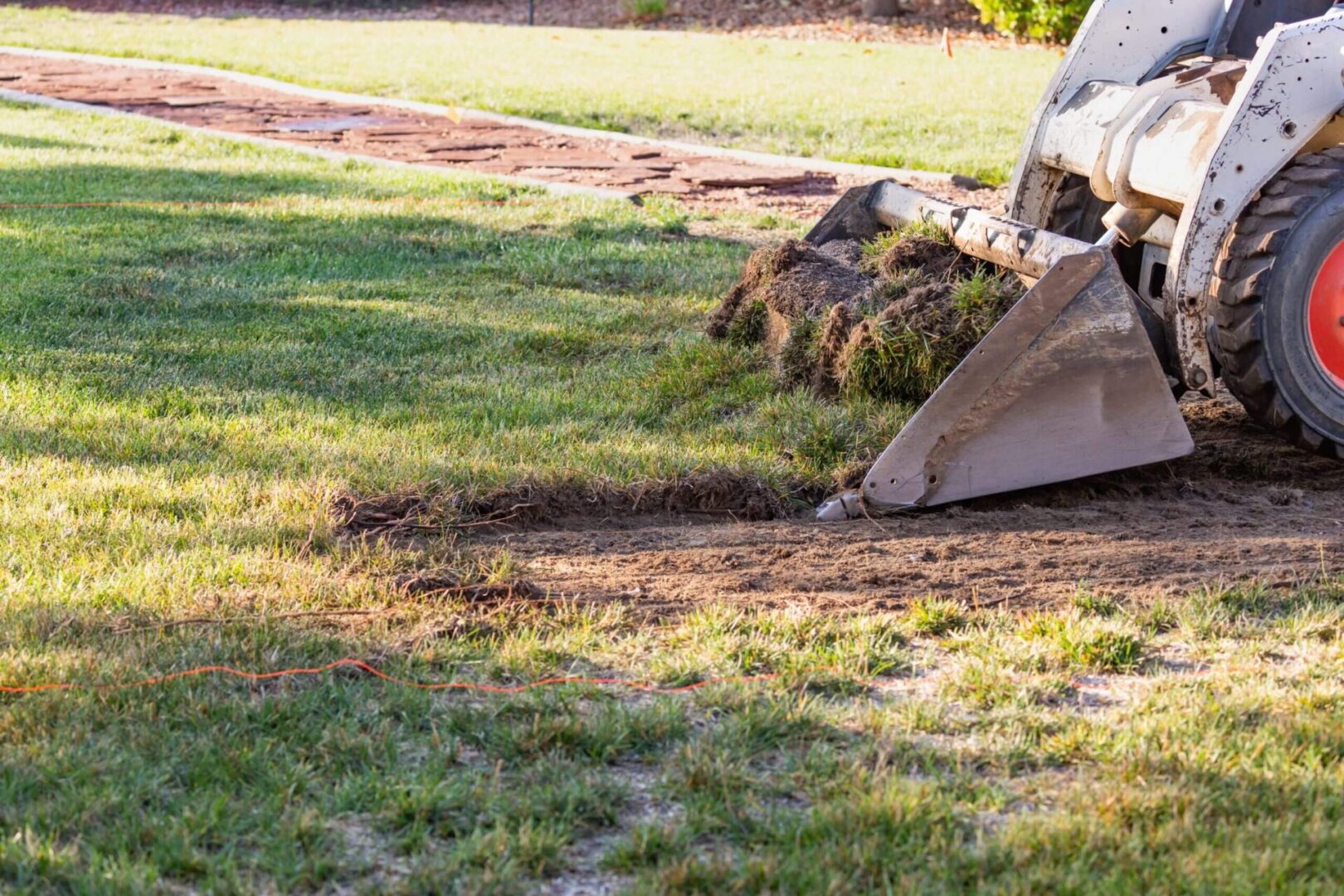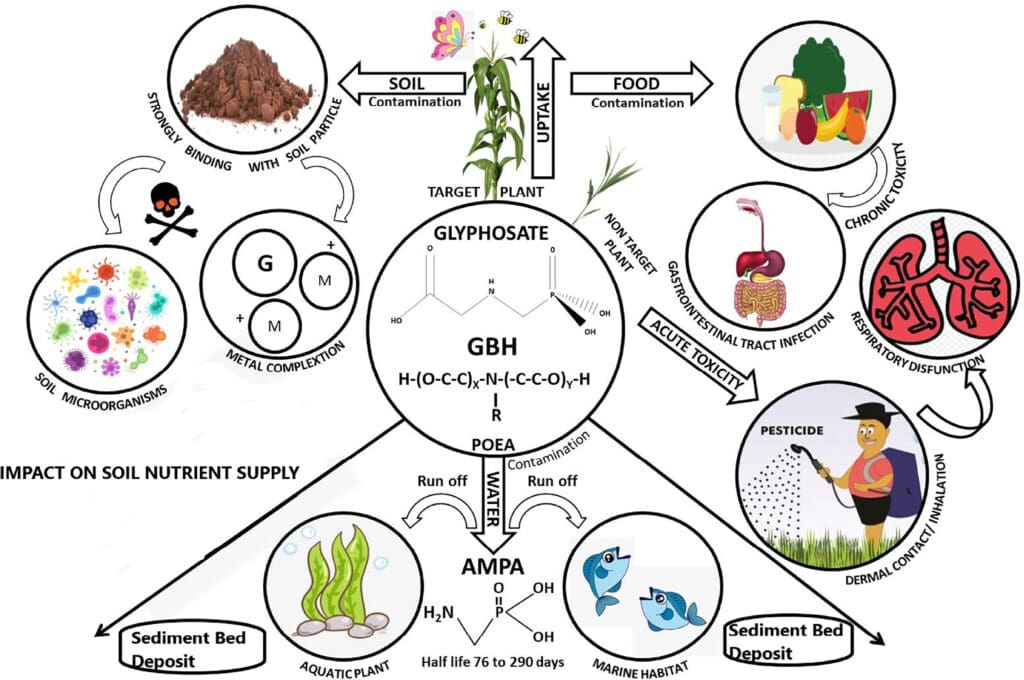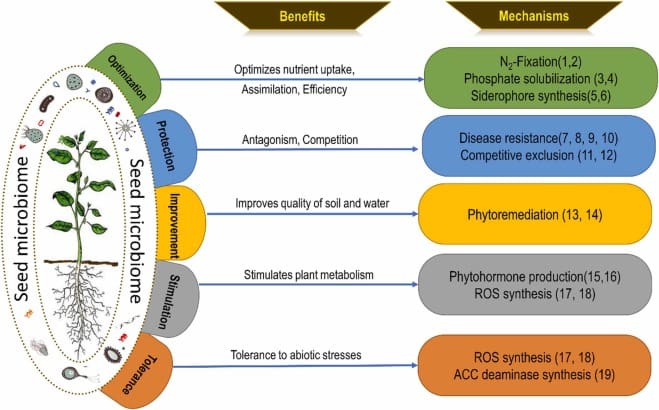
The Shockingly High Environmental Cost of Removing Turf
Removing turf in urban settings has become a popular strategy for water conservation which comes at a very high environmental cost. The concept is that replacing turf with native plants will save water and be beneficial for the environment. First of all, replacing turf with native plants rarely saves significant water because typically drip irrigation is installed that is not closely monitored so it is easy to waste water when there is no spray visible. The environmental issues are more complex but are especially urgent given the current climate emergency.
Extensive research has documented that turf is an excellent carbon sink which often exceeds other ecosystems such as meadows and agricultural fields for its carbon stock and carbon accumulation rate. Unlike in forests, the majority of carbon in turf is stored in the soil (top 6”) and also accumulates in the thatch. Warm season grasses such as Zoysia, St Augustine and Bermudagrass utilize the C4 photosynthetic pathway which is highly efficient for carbon sequestration — resulting in scientists worldwide trying to convert food crops such as rice to this pathway to increase global food production (Sales et al, 2021).
The range of carbon stocks in turf is reported as from 9.36 tons/acre to 43.3 tons/acre (Wang et al, 2022). If a typical 1,000 SF area of turf is removed for a landscape “transformation”, this could translate to the removal of between 430 and 1,992 pounds of organic carbon. When the turf and topsoil layer is removed from the yard, the soil carbon is released back into the atmosphere as carbon dioxide as the exposed organic matter oxidizes, essentially “burning off” the stored carbon — which will be released into the atmosphere as carbon dioxide. If the turf goes into a landfill, methane and carbon dioxide are released from the grass decomposition. The loss of topsoil exposes bare soil, reduces organic matter, and disrupts soil microbial communities.
The loss of carbon stocks in turf along with the loss of topsoil and release of methane and carbon dioxide from decomposition are unarguably terrible and should be avoided. But there is one more step in “lawn transformation” which is treating the site with glyphosate to kill any residue of turf prior to the new landscape installation. Glyphosate is a broad-spectrum organophosphorus herbicide and crop desiccant that is used widely to kill broadleaf plants and grasses because it is believed to be relatively low in toxicity. Glyphosate blocks a key enzyme in an aromatic amino acid biosynthesis pathway known as the shikimate pathway. This pathway is crucial for both plants and soil microbes – for essential metabolites and amino acids. It was first sold under the trade name “Roundup” by Monsanto in 1974 and is now available in various formulations and concentrations, from Roundup Ultra, to Touchdown, and Glyphomax Plus. When used with the dosage and frequency recommended, glyphosate is rapidly broken down by soil microbes and doesn’t enter groundwater. Unfortunately, people very often use glyphosate at higher than recommended concentrations and frequencies. Under these conditions, glyphosate persists in the soil and can enter and contaminate groundwater. Even at prescribed doses, glyphosate is known to disrupt soil biology by reducing microbial diversity and increasing the population of phytopathogenic fungi (Singh et al, 2020). Glyphosate also contaminates food and water and can be acutely toxic to workers that apply it . Surfactants and other additives in glyphosate formulations increase uptake in plants, water solubility, and toxicity (see figure below; Gandhi et al, 2021).

The main goal of removing turf is typically water conservation. Part of the thinking here is that having fewer plants in a given area means less area to irrigate. However, with climate change, we need as much plant coverage in urban areas as possible for the evapotranspiration and cooling from the plant material, as well as the potential for carbon sequestration to offset some of the emissions associated with urban life.
The environmental drawbacks to turf are not the turf itself but the management required for a monoculture lawn. Most turf is highly compacted which results in poor infiltration of irrigation water into the ground and therefore both runoff and excess water usage. Lawn chemicals such as glyphosate, 2,4-D, and nitrogen fertilizer are utilized to maintain a monoculture lawn and these practices cause great harm and are not healthy for the kids and pets that play on those lawns.
A lawn transformation that keeps the existing turf and overseeds it with a large collection of seeds including cover crops, native grasses and wildflowers is an inexpensive strategy that avoids the high environmental and financial cost of turf removal. With the diverse seed collection, the polyculture lawn becomes much more drought tolerant and resilient to both biotic and abiotic stresses such as potential pathogens, salinity and drought (War et al, 2023). Furthermore, a polyculture lawn capitalizes on the known carbon sink capacity of turf with increased potential. For a traditional lawn, the carbon sequestration is offset by the “hidden carbon costs” of practices such as applying fertilizer, excess irrigation, and mowing frequently with removing trimmings (Zirkle et al, 20211). A polyculture lawn is irrigated no more than once per week once established, uses no fertilizer or herbicides, and is mowed less frequently with trimmings kept on site. Based on the research to date, we are confident that the carbon sequestration from these polyculture lawns will be substantial; providing a useful strategy to mitigate the impacts of climate change.

RESOURCES/REFERENCES
Gandhi et al (2021) “Exposure risk and environmental impacts of glyphosate: Highlights on the toxicity of herbicide co-formulations” Environmental Challenges 4, 100149
Sales et al (2021) “Improving C4 Photosynthesis to Increase Productivity under Optimal and Sub Optimal Conditions” J Exp Botany 72, 5942
Singh et al (2020) “Herbicide Glyphosate: Toxicity and Microbial Degradation” Int J Environ Res Public Health 17(20), 7519
Wang et al (2022) “Carbon Sequestration in Turfgrass-Soil Systems” Plants 11, 2478
War et al (2023) ” Insights into the seed microbiome and its ecological significance in plant life” Microbiological Research 269, 127318
Zirkle et al (2011) “Modeling Carbon Sequestration in Home Lawns” Hort Science 46(5), 808
Tags:
